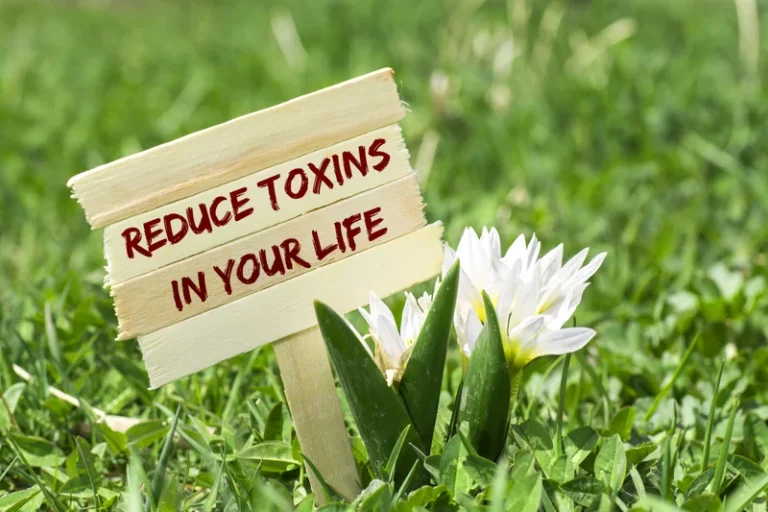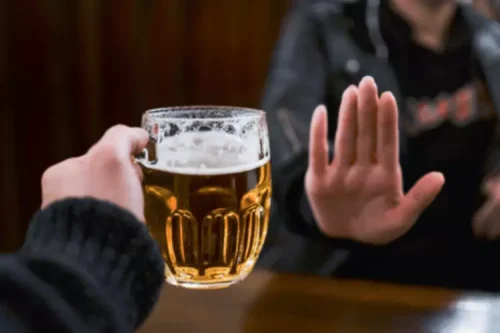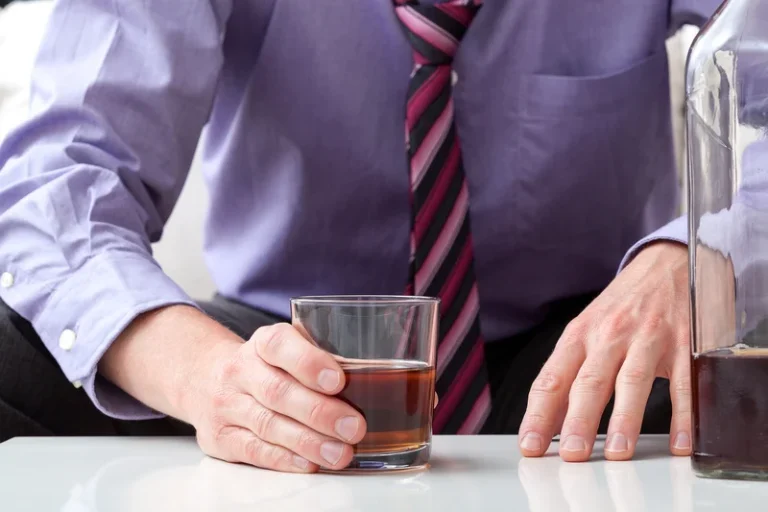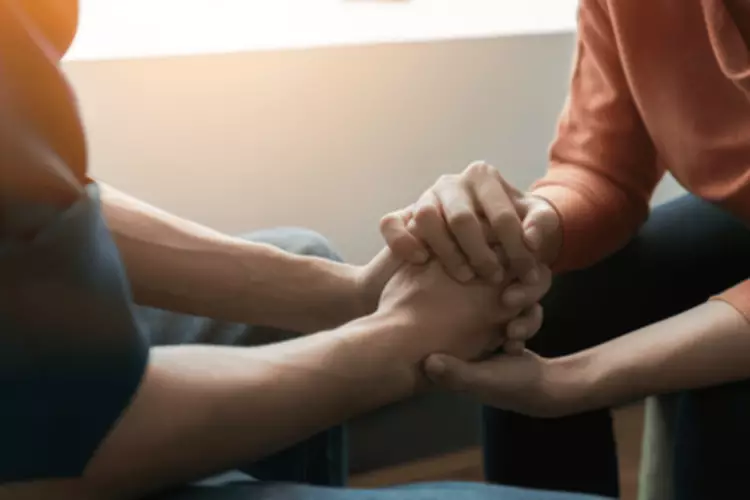
Armed with such knowledge, you can develop a contingency plan to help you avoid or cope with such situations in the future. Emotional relapse is the first stage of warning signs that may indicate a potential cocaine relapse. Despite having no intention of relapsing, experiences and triggers may cause negative emotions that increase the individual’s vulnerability to relapse. Your doctor or an addiction treatment center has treatments to control withdrawal symptoms. A therapist or counselor can teach you coping skills to deal with the negative thoughts or cravings that may be driving you to use again. Your family and friends can offer a friendly ear when you feel low.

Identifying Your Personal Triggers
A person’s social circle, living conditions, and exposure to drug-related cues can all influence the likelihood of relapse. It’s like trying to diet while working in a candy store – possible, but oh so challenging. It’s often the result of a complex interplay of biological, psychological, and environmental factors. Understanding these influences is key to developing effective prevention strategies.
- Knowing and understanding them can help you avoid relapses during recovery.
- Substances of abuse change the way that the brain operates, causing people to compulsively seek addictive substances despite harmful consequences.
- This is why it is paramount to recognize signs of depression in someone in recovery, as the stakes are as high as they get.
- In many cases, 30 days of residential treatment and multiple months of therapy are required to prevent relapse.
- It’s like sending someone to climb Everest with flip-flops and a map of the Sahara.
Support Your Recovery

These are “dangerous situations” that put us on a slippery slope toward relapse. Research shows that alcohol and opioids have the highest rates of relapse, with some studies indicating a relapse rate for alcohol as high as 80 percent during the first year after treatment. Similarly, some studies suggest a relapse rate for opioids as high as 80 to 95 percent during the first year after treatment. Other substances with notoriously high relapse rates are stimulants and benzodiazepines. Obviously, if someone is under the influence of alcohol, opioids or other drugs, the visible effects of those drugs are pretty good indicators for relapse.

Stage 1: Emotional Relapse
- Similarly, some studies suggest a relapse rate for opioids as high as 80 to 95 percent during the first year after treatment.
- Stress and sleeplessness weaken the prefrontal cortex, the executive control center of the brain.
- It hinges on the fact that most cravings are short-lived—10 to 15 minutes—and it’s possible to ride them out rather than capitulate.
- A depression relapse may be caused by a combination of factors, such as unexpected triggers or a series of events.
- That’s about the same as relapse rates among people with asthma or high blood pressure if they stop taking their medicine.
- Coping responses are behavioral responses to stressful situations.
Many who embark on addiction recovery see it in black-and-white, all-or-nothing terms. Relapse is most likely in the first 90 days after embarking on recovery, but in general it typically happens within the first year. Mental relapse is the second stage that occurs before a cocaine relapse. During this stage, the individual begins thinking about using cocaine again. They will likely want to continue with their recovery process but will begin rationalizing and bargaining with themselves about potential cocaine use. Cognitive behavioral therapy is a well-established therapeutic approach that focuses on identifying and changing negative thought patterns and behaviors.
And it robs people of the energy needed to rebuild their life. The belief that addiction is a disease can make people feel hopeless about changing behavior and powerless to do so. It keeps people focused on the problem more than the solution. It is in accord with the evidence that the longer a person goes without using, the weaker the desire to use becomes.

Use Support Groups
- While many individuals may experience setbacks in the early stages of recovery, a significant portion ultimately achieve lasting sobriety.
- Recognizing the warning signs prior to a relapse is the best way to prevent one from occurring.
- 12-step programs, such as Alcoholics Anonymous (AA), Cocaine Anonymous (CA), and Narcotics Anonymous (NA), provide additional guidance and support for people in recovery.
- From innovative therapies to more comprehensive support systems, the field of addiction treatment is constantly evolving.
- • Unpleasant feelings including hunger, anger, loneliness, and fatigue.
- If it’s used as a learning opportunity, it can be the last major obstacle on a path toward a happy and fulfilling life.
- By addressing the trauma at its root, individuals are better equipped to prevent relapse and achieve lasting recovery.
It means they have to try again and continue to practice healthy eating. They may need to see a doctor or nutritionist and develop a healthy diet plan. Sometimes people regret using or drinking after https://ecosoberhouse.com/ a slip and find a renewed passion for recovery. A friend, family member or therapist may find out about the slip and help them access resources or find motivation to prevent relapse from occurring.
No matter how much abstinence is the desired goal, viewing any substance use at all as a relapse can actually increase the likelihood of future substance use. It can engage what has been termed the Abstinence Violation Effect. It encourages people to see themselves as failures, attributing the cause of the lapse to enduring and uncontrollable internal factors, and feeling guilt and shame.
The Road Ahead: Future Directions in Relapse Prevention
MBRP aims to increase your acceptance and tolerance of your physical, emotional, and mental states. This will decrease your need to use substances again to feel comfortable. Of drug or alcohol treatment patients are expected to relapse at some point. If you notice any of these signs or symptoms, call 911 immediately, try to wake the person, check for breathing, administer Naloxone if possible and stay with the person until medical help arrives. If you are friend or family to someone with an opioid use disorder, it would be a good idea to keep Naloxone on hand for if and when an overdose occurs.
Factors That Influence the Likelihood of Relapse
These activities allow you and other group members to share experiences and foster camaraderie. No matter how strong your willpower is, you can’t fight relapse alone. You must accept help from supportive family and friends when you need it. Grounding techniques help you stay calm, destress, and reduce anxiety. They can be especially beneficial when cravings feel overpowering.
Identify your triggers
Sudden changes in the way someone in recovery is acting often precedes a relapse. This may be evidenced by increased isolation and avoidance of one’s sober support system. A person may also cease the pursuit of interests and hobbies they have relapse prevention developed in recovery. A person in recovery may begin to believe that they can use again without falling back into their addiction. However, an addiction never goes away; it is a chronic condition that needs to be dealt with continuously.
